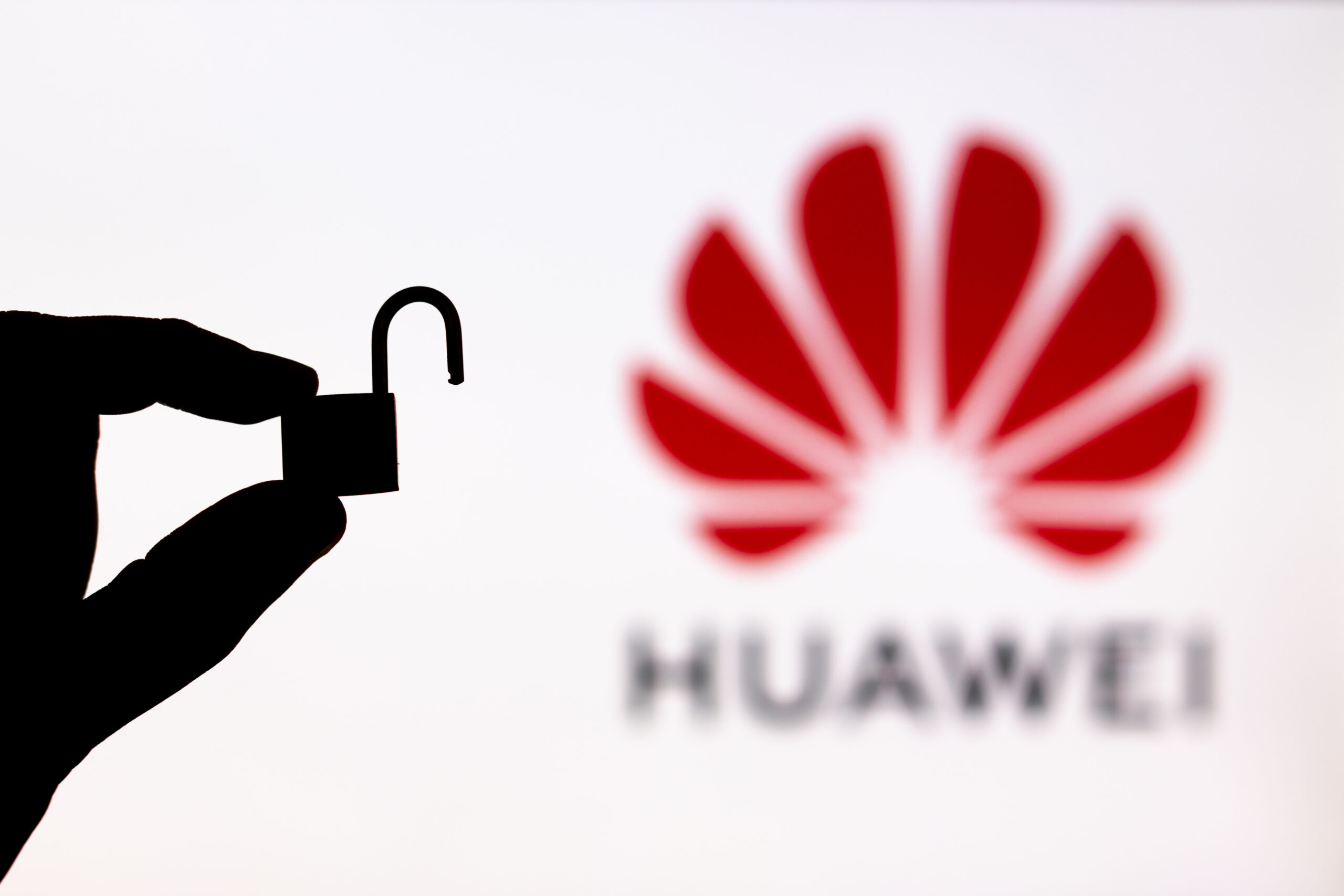Introduction
On 7 May 2024, the EU adopted the European Media Freedom Act (2024/1083), a Regulation establishing a European framework to protect media pluralism and independence which will fully apply as of 8 August 2025. The Regulation comes at a crucial time: According to the annual Media Pluralism Monitor Report by the European University Institute, in 2023 threats to journalists’ digital safety were increasing in the EU and its neighbouring countries, as were challenges to media pluralism determined by a high concentration of media ownership and concentration in the digital markets (EUI, 2024). Political biases, lack of transparency in the ownership of media, as well as in the allocation of funds (for instance for advertising) are all contributing to increased mistrust in the media.
What is the EMFA about?
The European Media Freedom Act aims to protect media freedom and pluralism by introducing convergence in national standards across the EU. It sets Europe-wide requirements to uphold journalistic freedom and editorial independence and aims to reduce barriers that prevent media service providers from operating freely across the EU, ensuring fair competition and the ability to provide services across borders (Art.5). In the rationale behind the Act, addressing the current fragmentation and market failures of the internal market for media services is crucial to ensure that media service providers can operate freely across the EU. The Act also addresses media concentration, providing that Member States create legislation to assess concentration in media services that could impact media pluralism, and calls for transparent, objective and non-discriminatory allocation of state advertising funds, with annual public disclosures and national regulatory oversight.
To ensure a fair application of rules, the Regulation establishes a European Board for Media Services (Art.8-13) acting independently from governments or institutions to advise and support the European Commission on media-related matters and promote a consistent application of media regulations across the EU, including through the mediation of disputes between national regulatory bodies (Article 13). Crucially, the Board also plays a role in combating disinformation, by coordinating national responses to external media influences that target Union audiences and pose risks to public security and defence. The Board does not have oversight responsibilities for other provisions of the Act concerning the rights and obligations of media service providers, including those related to press publications.
Finally, the Act addresses the provision of and the access to media services in the digital environment (Articles 18 to 20). It sets rules for very large online platforms (VLOPs), or platforms that have a on average 45 million or more users per month in the EU, mandating that these platforms provide a feature allowing media service providers to declare their status of compliance with specific editorial standards, independence from political or third-party influence. It furthermore includes prohibitions to use AI-generated content without human oversight. The specific obligations rebalance the relationship between media providers and VLOPs, acknowledging (indirectly) that traditional media regulation alone is insufficient in a digital ecosystem where platforms exercise significant control over content distribution.
The Current Regulatory Context: Links to the Digital Services Act
The European Media Freedom Act builds upon previous Regulations, in particular the Digital Services Act (DSA), which was introduced in 2022. The Digital Services Act regulates how online platforms operate by introducing rules that govern the moderation of content, protect users from illegal or harmful material, and ensure greater accountability of digital platforms. The act applies broadly to digital services, ranging from VLOPs to very large search engines (VLSEs). It aims to create a safer and more transparent digital environment by holding platforms accountable for the content they host.
Although the DSA and the EMFA have distinct primary targets—digital platforms for the DSA and media outlets for the EMFA—there are significant areas of overlap between the two. Both pieces of legislation emphasise the protection of freedom of expression. The DSA does so by regulating online platforms’ management of content and requiring they ensure that legal and legitimate content is not unduly removed. The EMFA responds to growing concerns about political pressure, media ownership concentration and the manipulation of public broadcasters by outlining rules in media ownership and editorial independence.
Additionally, both acts prioritise transparency: On the one hand, the DSA demands transparency from digital platforms in content moderation and algorithmic processes, ensuring that users’ knowledge of decisions about visibility or content removal. On the other hand, the EMFA mandates transparency in media ownership and editorial decision-making, aiming to prevent hidden influences from distorting public discourse. In both cases, transparency is seen as key to promoting accountability and protecting democratic values.
Another area where the two acts overlap is their focus on very large online platforms. As major distribution channels for news and media content, VLOPs play an increasingly important role in the public’s access to information. The DSA recognises this by imposing stricter obligations on these platforms to mitigate risks to democracy, while the EMFA seeks to ensure that media organisations remain independent and pluralistic in this digital environment. Finally, both acts establish governance frameworks to enforce compliance. The DSA introduces mechanisms for holding platforms accountable for their content moderation practices, while the EMFA creates systems to protect the editorial independence of media outlets.
Conclusion
If an assessment of the effectiveness of the EMFA in protecting media freedom and pluralism in Europe is premature, the Regulation does send out a clear signal that the EU is committed to defending media freedom and pluralism within in its Member States. It is certain that for the EMFA to make a difference full implementation by governments is crucial: Article 26 assigns monitoring responsibility to the European Commission, but enforcement largely relies on national authorities. The Board’s opinions, while influential, are not binding, potentially leading to uneven implementation across member states. Although Articles 21-23 demonstrate the Act’s sophisticated approach to market regulation, requiring assessment of media market concentrations while respecting market dynamics, the effectiveness of these provisions will ultimately depend on national regulatory authorities’ capacity and willingness to conduct thorough assessments. And a glaring question remains Member States’ willingness to change course in case of non-compliance.
The Commission and the Board must fully exercise their oversight and monitoring functions independently and work decisively to assess national implementation. Best practices must be published to better define what conforms with the EMFA. Surely, the implementation of the Act will require a concerted action that goes beyond institutions, to include civil society and journalists’ associations and editors amongst others. The Act’s evaluation mechanism, established in Article 27, requires the Commission to assess its effectiveness by August 2028. This built-in review process provides an opportunity for adaptation, particularly crucial given the rapid evolution of digital media technologies.
Finally, the EU must consider what Regulations such as these mean in its relations with neighbouring countries. In the past years, the EU has increasingly observed and denounced further restrictions to media freedom and pluralism – as well as increased propaganda and interference – amongst countries at its borders: Significant challenges to transparent ownership of media services and the concentration of such ownership, as well as political interference in the media and harassment of journalists still limit a plurality of information and must be addressed on the path to EU accession. For enlargement candidates, the Act becomes part of the acquis communautaire, setting clear benchmarks for media freedom reforms. But it is still uncertain whether it will represent a framework strong enough to address the specific challenges in these countries, determined by deeply rooted historical differences in media ownership and media services.
References
European Commission (n.d.) European Media Freedom Act, Retrieved from: https://commission.europa.eu/strategy-and-policy/priorities-2019-2024/new-push-european-democracy/protecting-democracy/european-media-freedom-act_en
European Commission (n.d.) The Digital Services Act, Retrieved from: https://commission.europa.eu/strategy-and-policy/priorities-2019-2024/europe-fit-digital-age/digital-services-act_en
EUI, Centre for Media Pluralism and Media Freedom (CMPF) (2024): Monitoring Media Pluralism in the Digital Era: application of the media pluralism monitor in the European member states and in candidate countries in 2023, Retrieved from: https://cmpf.eui.eu/media-pluralism-monitor-2024/
Regulation 2022/2065, Regulation (EU) 2022/2065 of the European Parliament and of the Council of 19 October 2022 on a Single Market For Digital Services and amending Directive 2000/31/EC (Digital Services Act), https://eur-lex.europa.eu/eli/reg/2022/2065/oj
Regulation 2024/1083, Regulation (EU) 2024/1083 of the European Parliament and of the Council of 11 April 2024 establishing a common framework for media services in the internal market and amending Directive 2010/13/EU (European Media Freedom Act), https://eur-lex.europa.eu/legal-content/EN/TXT/?uri=OJ%3AL_202401083


